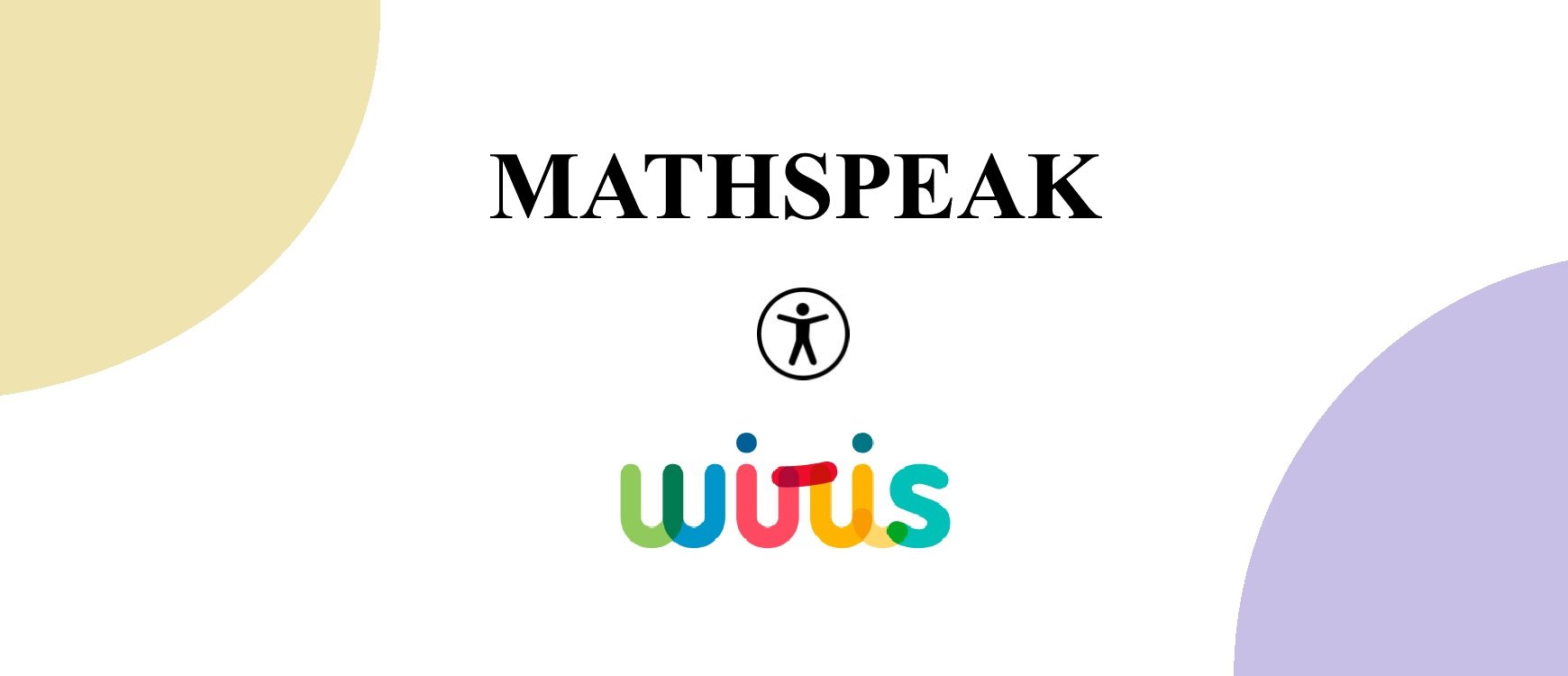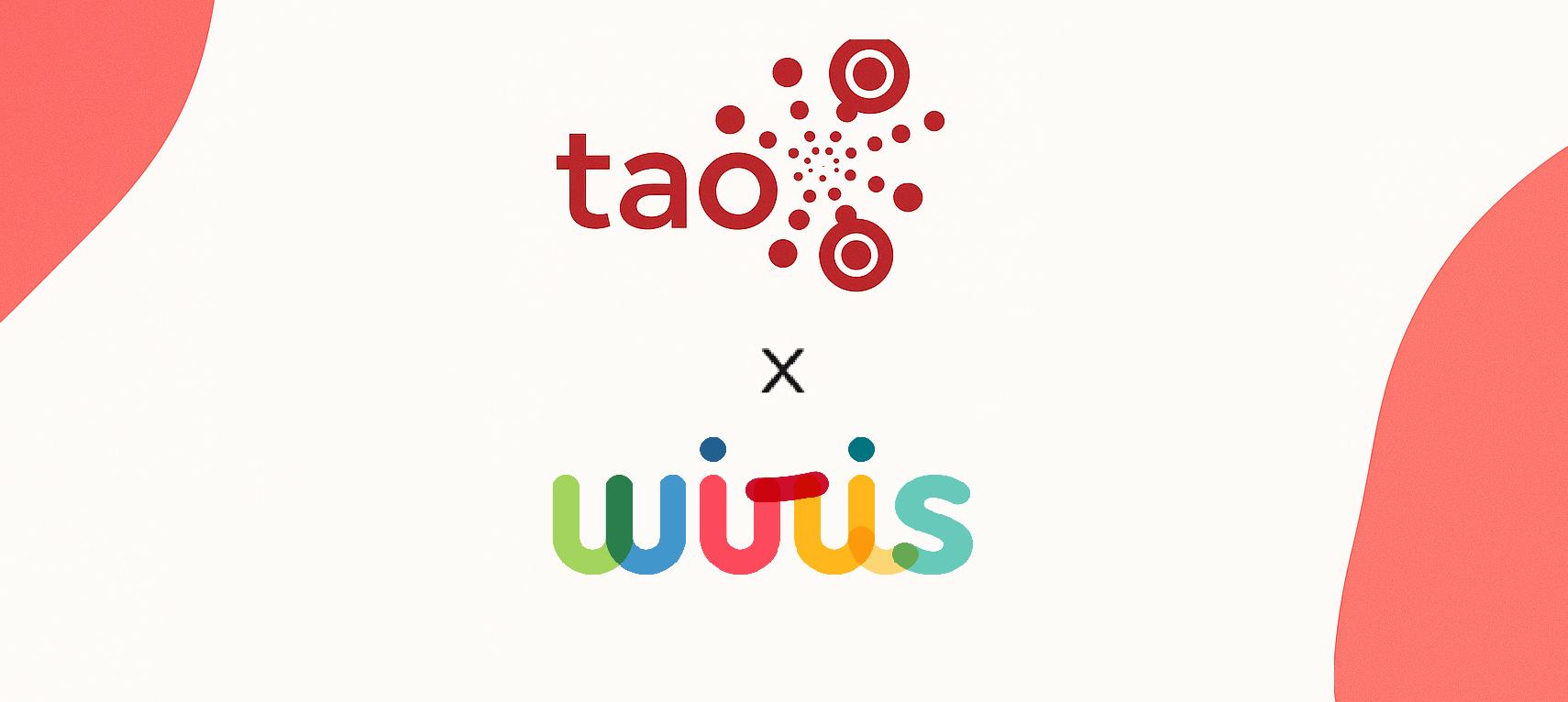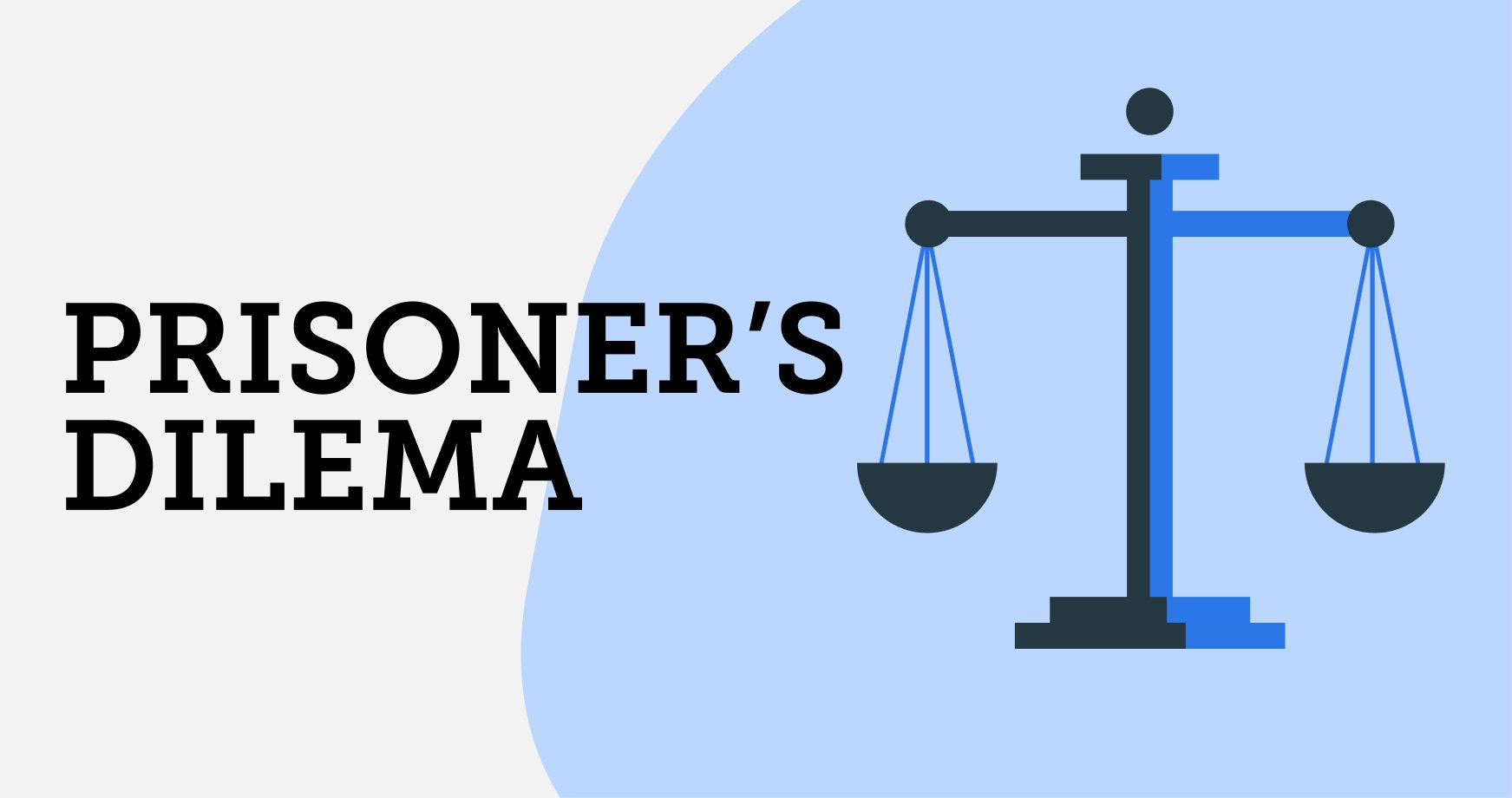Industry Insights
Boost Student Engagement with Interactive Math
03-December-2025
Discover how interactive math strategies and WirisQuizzes enhance student engagement, motivation, and long-term learning in STEM classrooms






